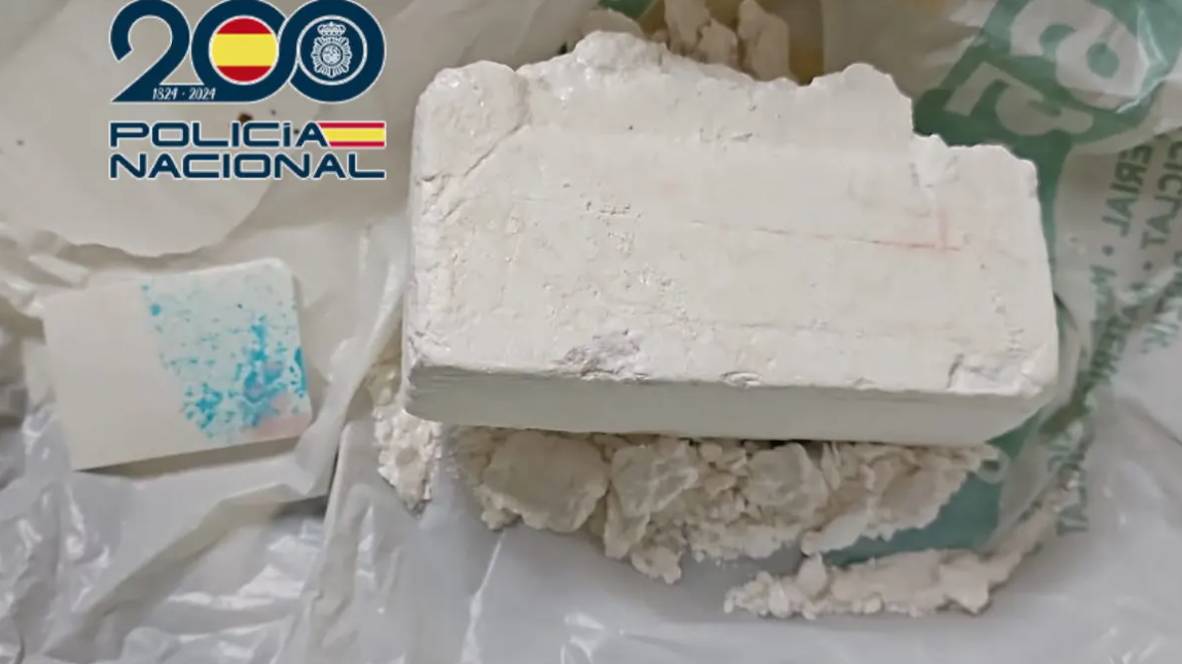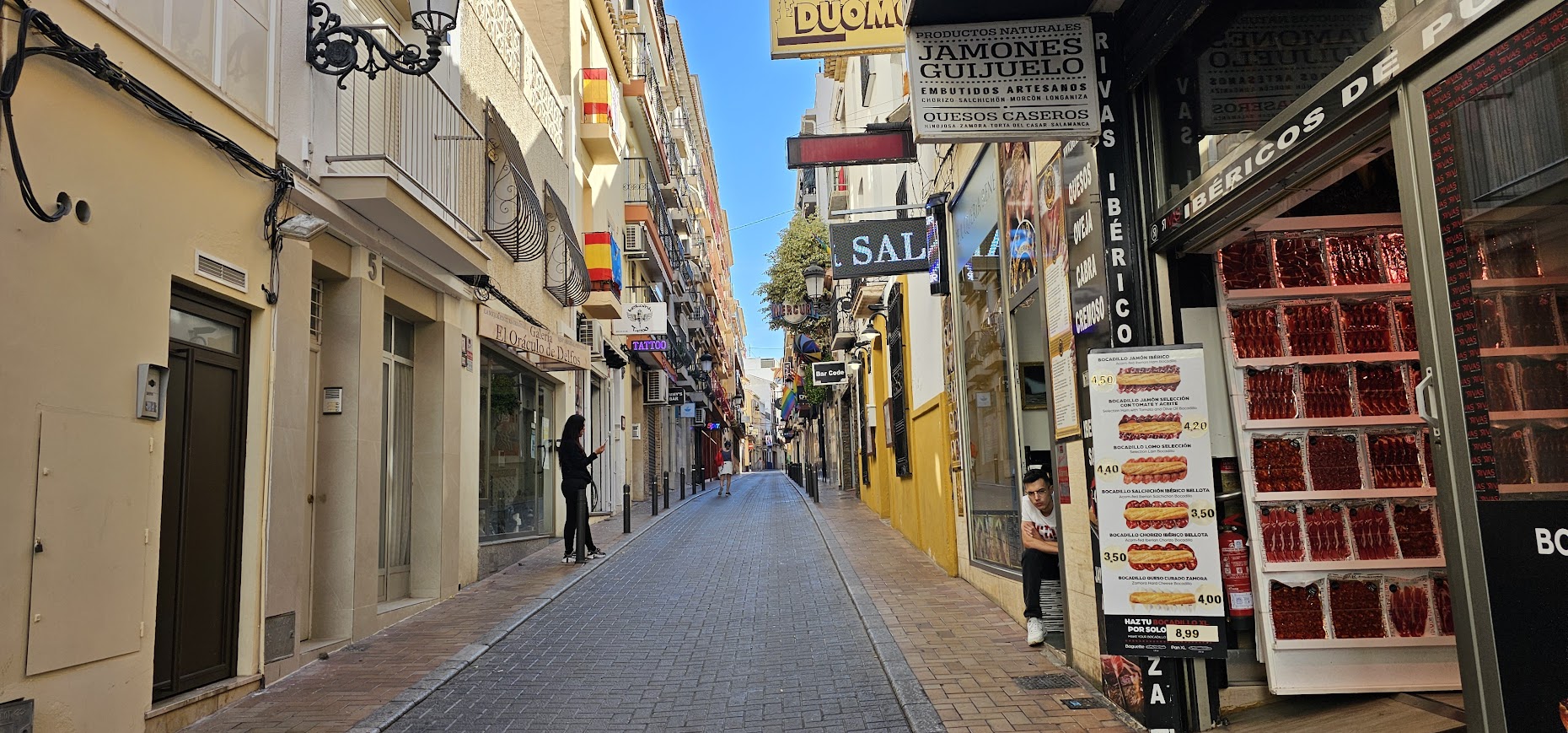It is highly probable that you have encountered a Guardia Civil vehicle at some point and have contemplated whether or not to overtake it. The DGT’s recommendation and the consequences of doing so are as follows.
It is crucial to have a clear understanding of how to respond to the authorities. Therefore, what are the consequences if you overtake the Guardia Civil on the road? Well, the Directorate General of Traffic has a clue.
It is probable that you encountered a Guardia Civil vehicle while travelling. At that moment, you are uncertain as to whether you will be able to succeed. There is no need for concern, as this type of situation is a relatively common occurrence.
It is a relatively prevalent occurrence in rural areas, where the Guardia Civil is more prevalent, on secondary roads.
There are numerous drivers who are apprehensive about passing a Guardia Civil vehicle. Nevertheless, there is no regulation prohibiting the overtaking of official vehicles. This includes not only vehicles belonging to theGuardia Civil, but also those belonging to the National Police and the Army.
The initial response is affirmative. As we have previously noted, the General Traffic Regulations do not prohibit overtaking the Guardia Civil at any time. Passing these vehicles is not detrimental. This is true only if you adhere to the traffic regulations.
In reality, it is a prevalent practice among numerous motorists to abruptly decelerate when they observe a Guardia Civil vehicle, which can be hazardous to the vehicles in their rearview mirrors. That can result in a fine.
In the same vein, if you exhibit unusual behaviour while driving that could impede traffic or arouse suspicions among officers, they may halt you to determine whether there is a problem or if everything is in order.
Nevertheless, it is imperative to consider the law when overtaking any vehicle, not just a Guardia Civil vehicle. Drivers are required to respect the maximum speed limit of the road they are on: On motorways and dual carriageways, the speed limit is 120 km/h, while on secondary highways, it is 90 km/h.
Consequently, if you attempt to outpace a Guardia Civil vehicle travelling at 90 km/h on the highway, you will be subject to a fine. However, the same principle applies when a radar or Pegasus helicopter detects a vehicle surpassing another. There is no issue if the vehicle is travelling at a reduced speed.
The DGT’s hint
According to the DGT, “overtaking is the act of passing another moving vehicle, which is travelling at a slower speed, in front of the vehicle you are operating.” Generally, you should overtake on the left side of the vehicle you intend to overtake.
Overtaking is a complex manoeuvre that entails a moderate level of risk, particularly on secondary roads, as it necessitates the temporary occupation of the opposite lane.
Consequently, overtaking is only permissible at designated locations when traffic signs authorise it. The DGT suggests that the safety rule “rearview mirror – signal – manoeuvre” be implemented in this context, with the awareness that quicker vehicles may be approaching from behind.
It is crucial to bear in mind that the Traffic Department has eradicated the additional 20 km/h margin for overtaking on conventional roads since the end of 2021. Consequently, the utmost permissible speed is 90 km/h, and it is prohibited to exceed it to overtake another vehicle.








No Comment! Be the first one.